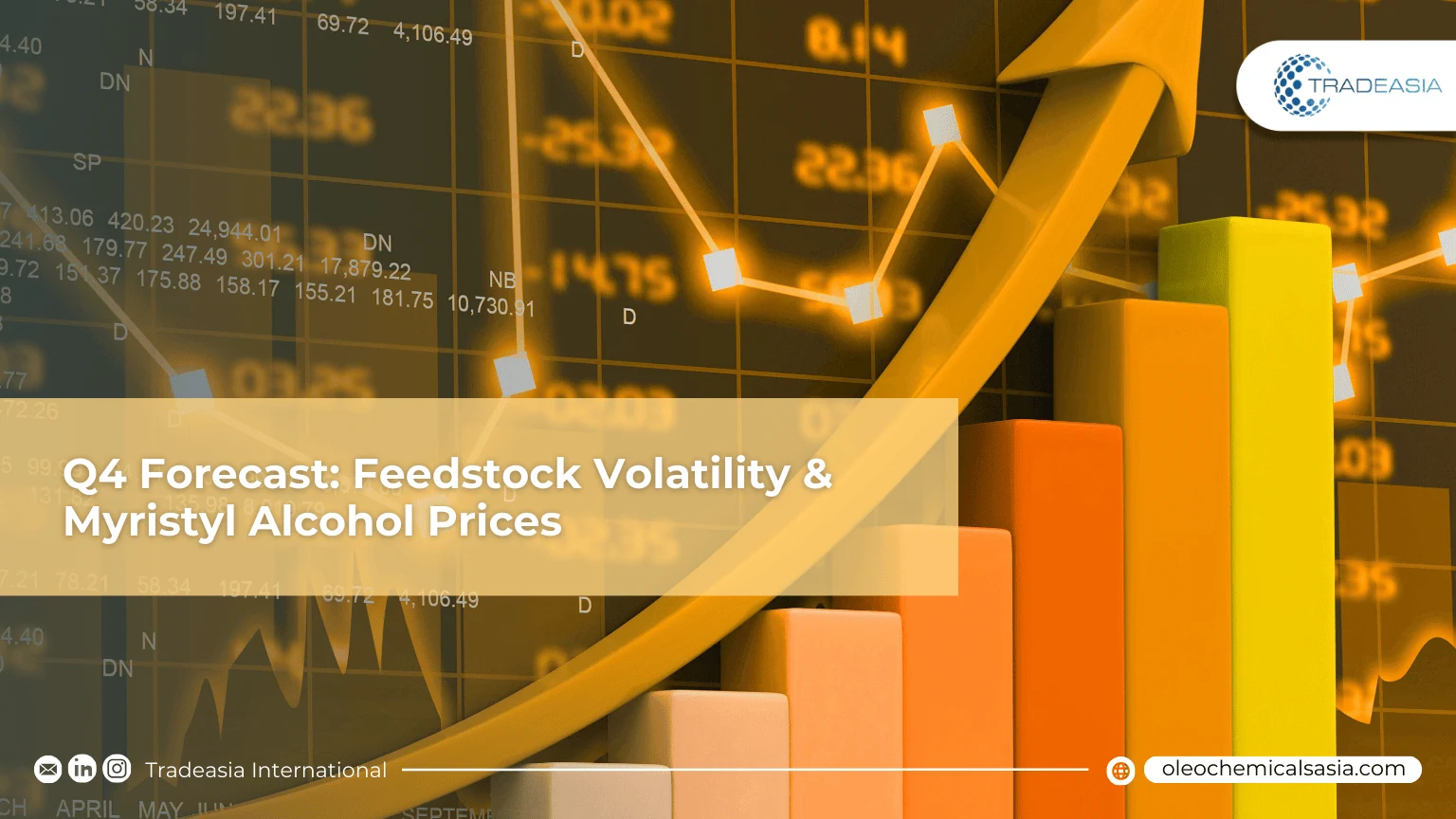Q4 Forecast: Translating Today's Feedstock Volatility into Tomorrow's Myristyl Alcohol Prices

Table of Content
- The Demand Dilemma: A Market Poised to Absorb Higher Costs
- Planning Your Next Move: A Look at Future Contracts and Lead Times
In procurement, what happened yesterday is history; what happens tomorrow is strategy. The turbulence seen in the raw material markets for Myristyl Alcohol this September isn't just news—it's a clear and actionable forecast for the fourth quarter.
In such a dynamic environment, foresight is the most valuable commodity. Tradeasia International is committed to providing not just raw materials, but also the market intelligence our partners need to stay ahead of the curve in the complex palm and oleochemical landscape, turning today's data into tomorrow's success.
The Demand Dilemma: A Market Poised to Absorb Higher Costs
The critical factor that allows feedstock volatility to translate directly into higher prices is unwavering downstream demand. The personal care and cosmetics sector, the largest consumer of Myristyl Alcohol, continues its impressive growth with a projected 7.67% CAGR in 2025. This robust, inelastic demand creates an environment where producers can confidently pass on rising input costs. The 6.8% monthly price hike in Palm Kernel Oil (PKO) will not be absorbed by the supply chain; it will be forwarded to the end-user. This is the fundamental market reality that will shape contract negotiations for the upcoming quarter.
Planning Your Next Move: A Look at Future Contracts and Lead Times
This is where strategic sourcing becomes paramount. We believe that the best partnerships are built on transparency and forward planning, ensuring our clients aren't just reacting to the market, but are positioned to master it. Oleochemical producers operate on a predictable cost-plus model, and analysis from Palm-Chemicals.com allows us to forecast with confidence. With PKO prices holding around $1,250/MT, we project that Q4 contracts for Myristyl Alcohol will be offered firmly in the $1,650 to $1,750 per ton range. Equally important, the feedstock tightness has strained production capacity, extending lead times for new orders from a standard 45 days to over 60 days. For companies planning end-of-year production, this means the window to secure material and lock in pricing is closing fast.
Sources:
-
Historical Price Data | Palm-Chemicals.com
-
Chemical Market Research | ChemAnalyst
-
Investor Relations | KLK OLEO

Leave a Comment